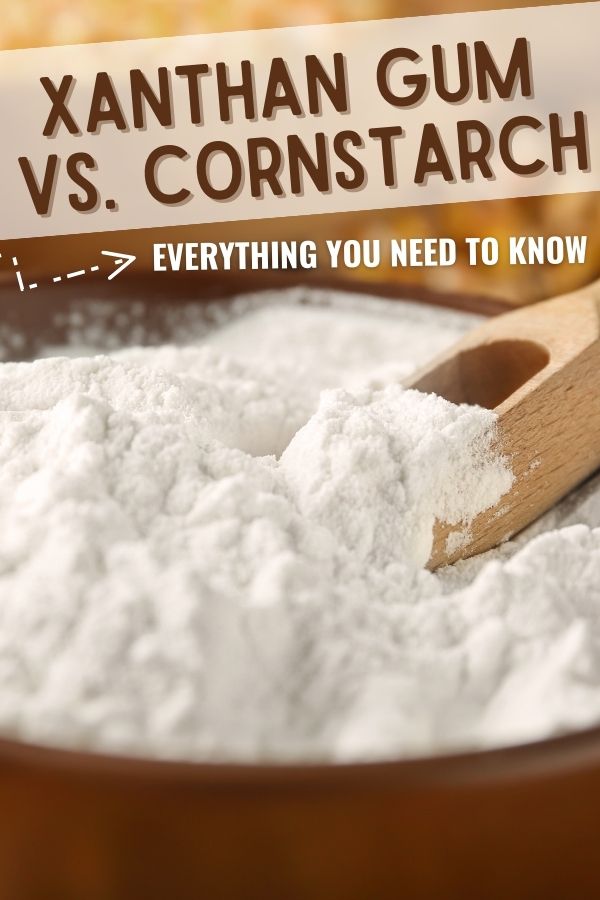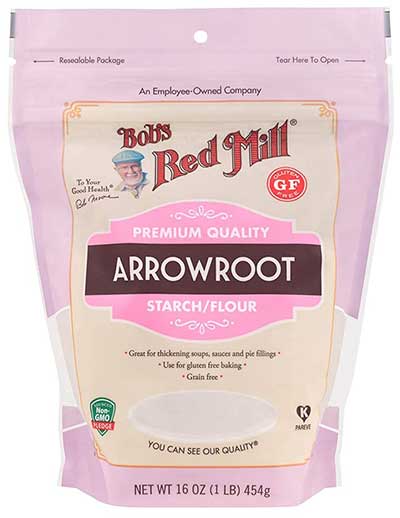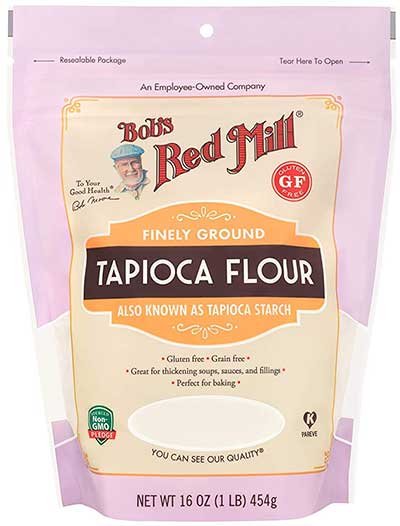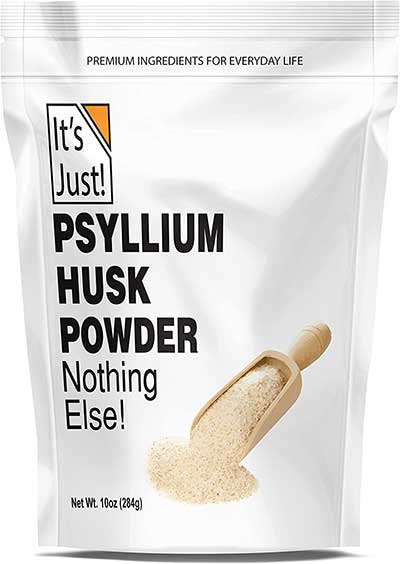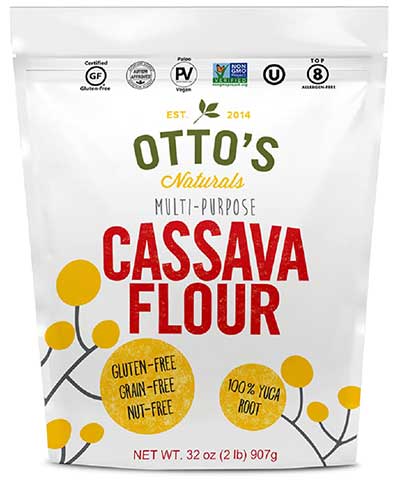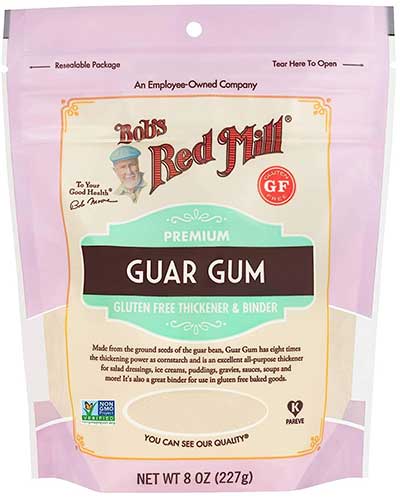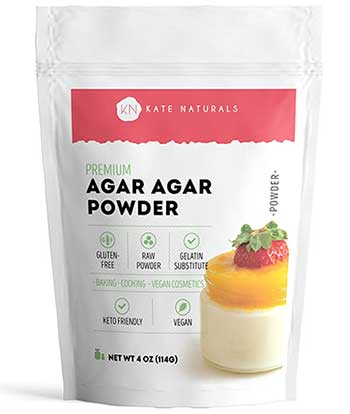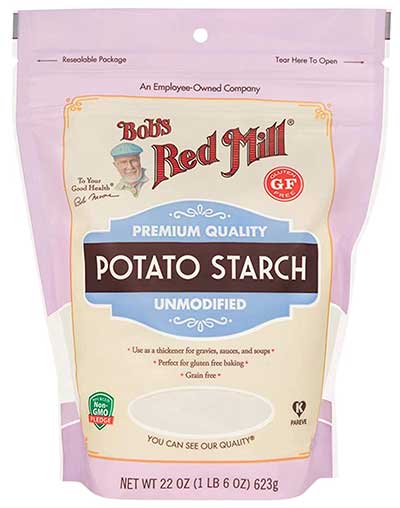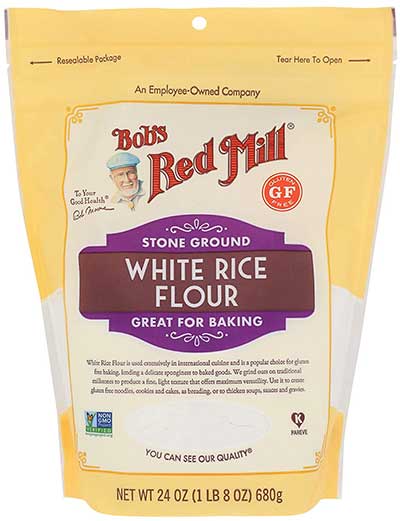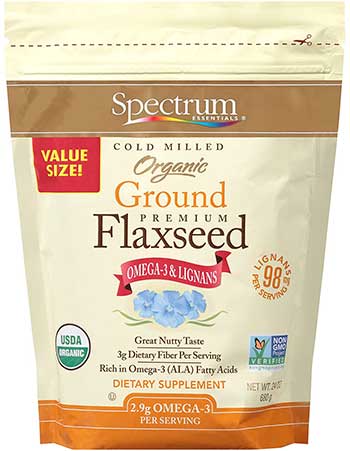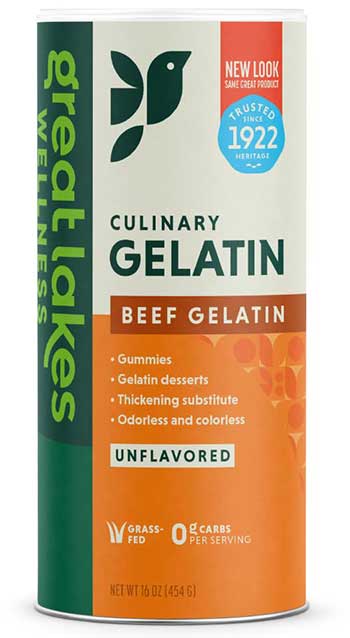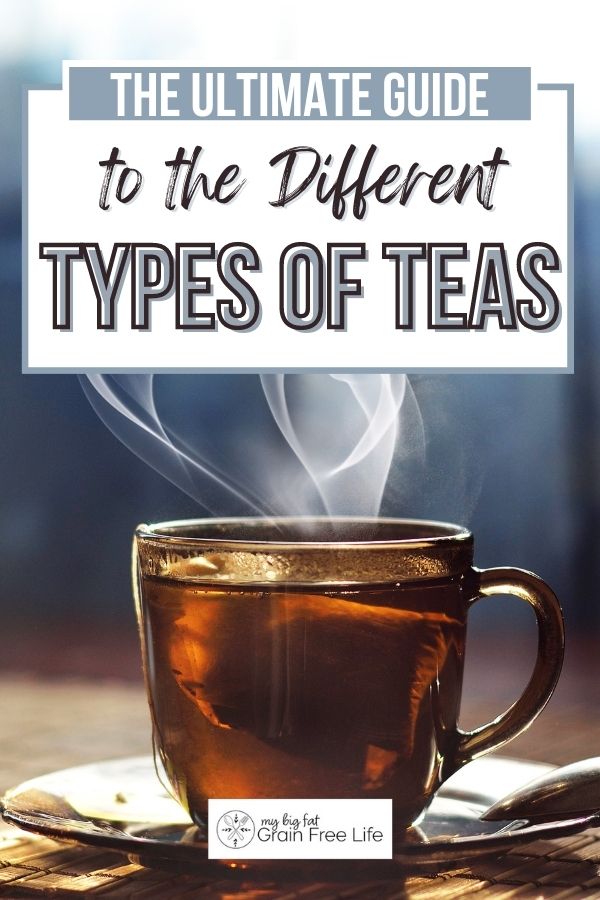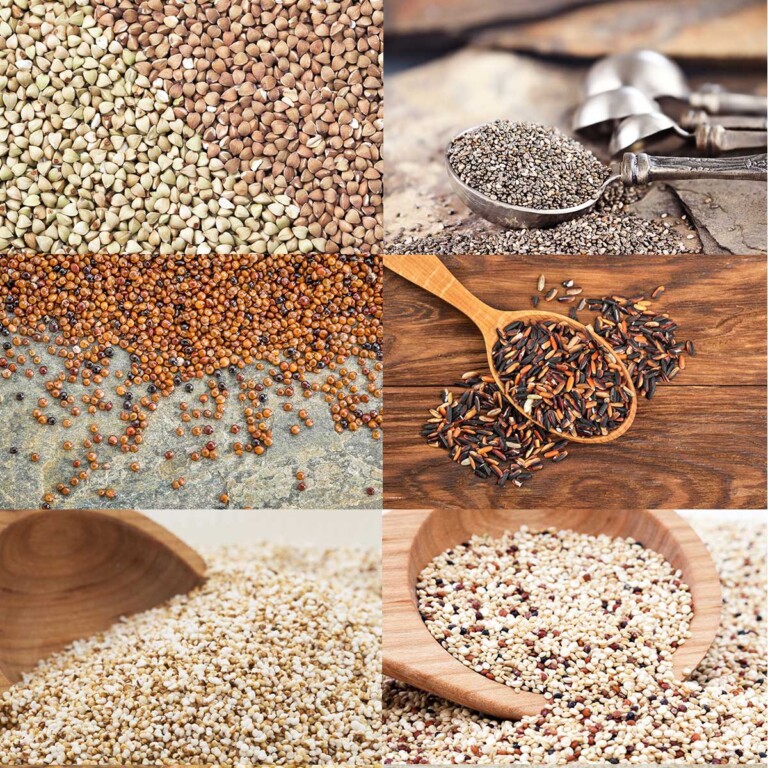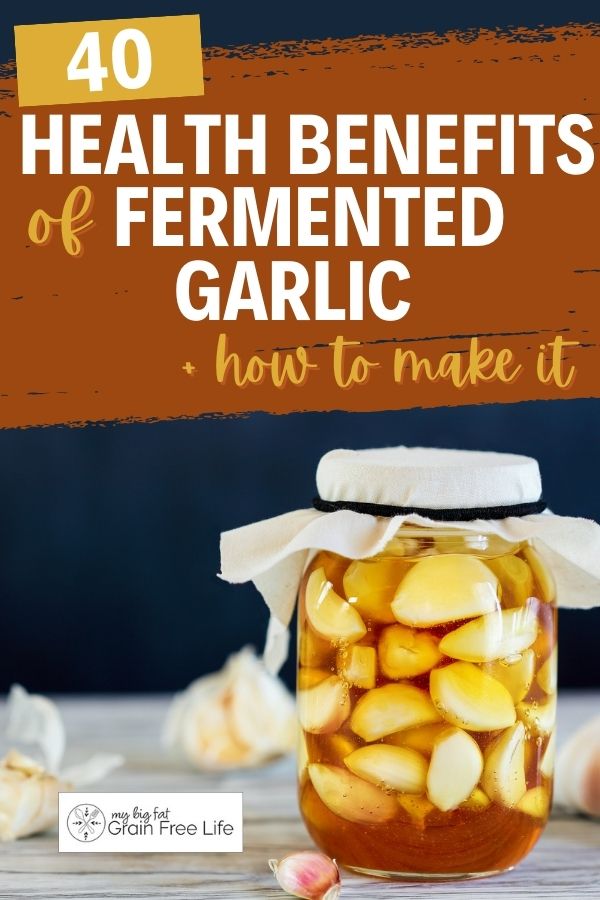Xanthan Gum Vs Cornstarch: Everything You Need to Know
This post may contain affiliate links. If you make purchase after clicking a link, I may receive a commission at no extra cost to you.
Last Updated on June 29, 2023
Have you been wondering what the difference is between xanthan gum vs cornstarch? Both can be used in a variety of ways, incuding as a thickener. But which is better, xanthan gum or cornstarch? Let’s take a look!
Xanthan Gum Vs Cornstarch
Both xanthan gum and corn starch are primarily used as food thickeners. Xanthan gum is harder to find and costs more than cornstarch, but it does have some health benefits, which may make it a better option for your family.
Xanthan Gum
Xanthan gum is a binding agent that thickens food. It gives dishes a smooth, even texture. It’s completely vegan and is often used in gluten-free and dairy-free diets.
What is Xanthan Gum?
Xanthan gum is a food additive that was developed in 1963. It’s manufactured by using the bacteria xanthomonas campestris to ferment various vegetables like cabbage, soy, wheat, and corn.
The bacteria digest sugar in the vegetables to create a complex sugar polymer. Then the bacteria is removed with alcohol, and the final product is dried before it’s sold as a powder.
Ways to Use Xanthan Gum
You can use xanthan gum to thicken dishes and create a smooth texture. It’s also a great way to prevent ingredients from separating if you’re making a smoothie.
Is Xanthan Gum Gluten-free?
Xanthan gum is considered to be gluten-free. Although the source of sugar used when manufacturing xanthan gum can vary, it often comes from corn, wheat, dairy, and soy.
Some people can consume xanthan gum on gluten-free diets and feel no reaction, but some sensitive people may experience symptoms similar to a gluten reaction.
Is Xanthan Gum Safe to Consume?
Xanthan gum is safe to consume in small quantities. However, if you ingest too much (15g or more), you may have an upset stomach. If someone suffers from corn, wheat, or soy allergies, they may have problems if they use xantham gum in their food.
Is Xanthan Gum Healthy?
Xanthan gum is a soluble fiber which means that the human body can’t digest it. However, it’s considered safe to eat in small quantities.

Nutrional Look at Zanthan Gum
Nine grams of xanthan gum only has 30 calories and 260 mg of sodium. It also has 7 grams of carbohydrates, all of which are dietary fiber.
How Do I Thicken a Sauce With Xanthan Gum?
You can thicken a sauce with xanthan gum by adding 1/8th teaspoon of xanthan gum per cup of liquid. Stir the liquid immediately, as it’s a great thickener and will start thickening your dish right away with no heat required. Carefully add more of the fine powder until you have reached the desired consistency.
Xanthan gum is a great choice of thickener if you wish to avoid heating your dish.
Cornstarch
Corn starch is another common ingredient that’s used to thicken dishes. It’s a white powder made from the endosperm of the corn kernel.
What is Cornstarch?
The pantry staple cornstarch is a white powder that’s made from carbohydrates extracted from the endosperm of corn kernels. The endosperm is the part of the corn seed that holds the food for the growing plant embryo.
Cornstarch was developed in 1844.
Nutritional Look at Cornstarch
A tablespoon of cornstarch has 30 calories and 7 grams of carbohydrates. None of the carbohydrates come from fiber or sugar. Cornstarch is used in gluten-free baking and is a good substitute for wheat flour.

How to Buy a Good Cornstarch
You can find cornstarch at grocery stores, although cornstarch is sometimes referred to as corn flour in some parts of the world.
How Do I Thicken a Sauce With Cornstarch?
You will need to add one tablespoon of cornstarch for every one cup of liquid to thicken sauces. Combine equal amounts of cornstarch and water.
Next, stir the two ingredients together until well mixed and you have a white paste. Immediately pour the paste into the hot liquid you want to thicken. Whisk the ingredients until thickened.
What Are the Other Alternatives for Cornstarch Besides Zanthan Gum?
If you’re making gluten-free recipes, it helps to know some of the best cornstarch substitutes beyond xanthan gum. So, if you read over all the xanthan gum vs cornstarch facts and want to explore more options, there are plenty.
Some of these options are potato starch, guar gum, and unflavored gelatin. My personal preference, being on a modified paleo diet is to use arrowroot powder.
Arrowroot Powder
Another popular ingredient is arrowroot powder or arrowroot starch. Consider learning about tapioca vs arrowroot to compare these thickeners.
It’s made by extracting the starches of different types of root vegetables, including the arrowroot plant.
Most often, arrowroot is made from cassava root, but sometimes other tropical tubers are used as well.
Unlike cornstarch, it will stay thick under acid conditions, so it’s useful if you’re making a fruit pie filling or jelly. However, it will break down under long exposure to heat.
You will need to use two teaspoons mixed with a small amount of water to thicken one cup of liquid.
Arrowroot is SAFE for the following diets: AIP, paleo, keto, THM, gluten-free, grain-free, dairy-free, low-acid diet. Additionally it is considered diabetes-friendly due to the low glycemic index.
Arrowroot starch is NOT Safe for GAPS, SCD, or low-carb diets.
Tapioca Starch
Tapioca starch is also called tapioca flour. The starch is manufactured by using the starchy pulp from a cassava root. You can use it in place of cornstarch in a recipe.
Tapioca starch thickens under no or low heat, so it’s better for dishes that will be frozen, like ice cream, since it will keep its texture.
The ratio is two teaspoons of tapioca starch and two tablespoons of room-temperature water. Whisk the two ingredients together and add to the liquid you’d like to thicken.
Psyllium Husk
Psyllium husk powder comes from the husk of the seed of the blond plantain plant or desert Indianwheat. Make sure you read the label carefully if you’re gluten-free. While the psyllium husk is naturally gluten-free, it’s sometimes exposed to gluten during the manufacturing process.
It’s a powerful thickener with a nutty flavor. Be sure to start with a small amount, like 1/2 teaspoon, and increase as needed until you reach the desired consistency.
Cassava Flour
Cassava flour is one of the many gluten-free flours that are used in gluten-free cooking. Unlike tapioca starch, the entire root of the cassava plant is used. It’s a versatile ingredient that’s also a great thickening agent.
This flour is a staple in gluten-free baking and is often used to make tortillas and other baked good by those on the autoimmune protocol diet.
Guar Gum
Guar gum is a gelling agent that’s extracted from guar beans. You’ll dissolve a pinch of guar gum in water and then add it to the liquid. Add more of the thickening agent as needed until you reach the correct consistency.
Agar Agar
Agar agar is derived from seaweed. The plant-based gelatin will need to be heated to boiling and boiled for five minutes to thicken a sauce or gravy. Use two teaspoons for every cup of liquid you would like to thicken.
Potato Starch
Potato starch is exactly what it sounds like. It’s starch that’s extracted from potatoes. It’s a white powder with a flour-like consistency and is a great substitute for wheat flour. Use one tablespoon of potato starch and one tablespoon of butter to thicken one cup of liquid.
Obviously, if you are avoiding potatoes because they are a nightshade food, you would avoid using potato starch.
Rice Flour
Rice flour is hypoallergenic and easily digestible. It’s made from finely-milled brown or white rice. You will need to use one tablespoon of rice flour and one tablespoon of butter to thicken one cup of liquid.
Chia Seeds and Water
Chia seeds are edible seeds from a flowering plant called the Salvia hispanica plant. You will need to add one teaspoon of the seeds to the liquid and wait a minute or two. The seeds take time to thicken. Continue to add more seeds carefully as needed.
Ground Flax Seeds and Water
Ground flaxseed comes from the flax plant. One tablespoon mixed in four tablespoons of warm water is an excellent substitute for two tablespoons of cornstarch.
Unflavored Gelatin
If you’re looking for more great options for thickening sauces, consider using unflavored gelatin. It’s a colorless and flavorless ingredient that’s manufactured by boiling the skin, tendons, ligaments, and sometimes even the bones of animals in the water.
You will need to add two teaspoons of gelatin per cup of liquid for most sauces.
Konjac Powder
Konjac is a root vegetable grown in Asia. The powder has more thickening power than cornstarch! You will need to dissolve a small amount in cold water before adding it to the liquid you wish to thicken.
Xanthan Gum Vs Cornstarch: Which Better?
Cornstarch and xanthan gum are both excellent thickening agents that are gluten-free. Xanthan gum is a thickener that was developed in the 1960s, while cornstarch was first developed in the 1840s.
Should You Use Cornstarch or Xanthan Gum When Baking?
Cornstarch requires heat before it will begin to thicken gravies and sauces. This makes it harder to use when attempting to thicken dishes requiring no heat or low temperatures.
Xantham gum is more expensive than cornstarch but will give cold items a smoother texture. It’s also able to thicken recipes without needing higher temperatures.
Is Xantham Gum Healthier Than Cornstarch?
Cornstarch has very little nutritional value and is high in calories. On the other hand, xanthan gum has very few calories and includes the nutrients sodium and potassium.
What’s the Ratio of Cornstarch to Xanthan Gum?
The ratio of cornstarch to xanthan gum is 1:1. So you can directly substitute one for the other while cooking.
Be careful, as a little bit of xanthan gum goes a long way, so it’s always best to start with a small amount and increase the amount used as needed.
Which is More Expensive, Xanthan Gum or Cornstarch?
Xantham gum is more expensive and harder to find than cornstarch.
Reasons to Choose Zanthan Gum Over Cornstarch
Xanthan gum is better for thickening fruits with acidity and for dishes that need to cook at a lower temperature. The acid in the fruit will break down the cornstarch. In addition, cornstarch requires heat in order to thicken a dish.
Xanthan Gum is More Visually Appealing
Dishes that use xanthan gum will have a clearer appearance than cornstarch, making them more visually appealing.
Doesn’t Continue to Thicken as Much as Cornstarch
Cornstarch requires being boiled for one or two minutes before it will thicken a dish. Xanthan gum will thicken a dish immediately and doesn’t require being heated first.
Heats Better Than Cornstarch
Cornstarch loses its ability to thicken liquids if it’s reheated too often. But, xanthan gum will continue to maintain a smooth consistency.
Can Be Frozen
Use xanthan gum in frozen dishes like ice cream because it will keep its smooth texture.
Can Reduce Constipation
Including small amounts of xanthan gum can reduce constipation. Be careful not to eat too much, over 15 grams, as it may cause an upset stomach, similar to eating too much fruit.
Xanthan Gum Has Zero Carbs
Nine grams of xanthan gum has seven carbs of dietary fiber.
Xanthan Gum & Special Diets
Xanthan gum is SAFE for keto and low-carb diets. It is possibly gluten-free & grain-free, depending on the source.
Xanthan gum is NOT safe for the following diets: AIP, paleo, GAPS, SCD, low-acid. Additionally it is NOT diabetes-friendly due to the fact it can lower blood sugar levels.
It’s important to note that some sources indicate that xanthan gum may not be suitable for those with celiac or allergies to wheat flour, corn, soy, or dairy unless you know the source the xanthan gum is derived from.
Additionally, some sources will list xanthan gum as paleo compliant, however our go-to source for paleo food lists, The Paleo Mom does not include xanthan gum as compliant.
Cornstarch & Special Diets
Cornstarch is NOT safe for the following diets: keto, paleo, AIP, GAPS, SCD
It is possibly gluten free, but is often cross-contaminated with gluten. If you want to use cornstarch, you can opt for Hodgson Mill’s cornstarch as it is certified gluten free.
So, if you are debating on xanthan gum vs cornstarch, it’s clear that there are better options, such as arrowroot and tapioca flour to use as thickeners.
The Best Xanthan Gum Brands
Xanthan gum can be difficult and expensive to find in your local grocery store. So here are some excellent brands of xanthan gum you can purchase online.
- Bob’s Red Mill – Use the xanthan gum to add volume to gluten-free bread and thicken dishes.
- It’s Just – You can use the Xanthan gum in keto-baking and as a thickener for sauces and gravies.
- NOW Foods – Pure powder that’s gluten-free and kosher.
- Kate Naturals Xanthan Gum – You can use this ingredient for gluten-free baking and thickening sauces.
- Cape Crystal Vegan and kosher xanthan gum that’s an organic food thickener.
- Anthony’s – Gluten-free and vegan-friendly xanthan gum to use in your baking.
- Texturestar – This gluten-free xanthan gum is low-carb and vegan.
- Judee’s – Use xanthan gum in gluten-free syrups, sauces, gravies, and baked items.
Cornstarch vs Xanthan Gum: Wrappring it Up
Cornstarch and xanthan gum are some of the best substitutes for wheat flour when you’re cooking. Xanthan gum thickens at a lower temperature than cornstarch and has a lovely, smooth consistency. However, it is harder to find and more expensive to purchase than cornstarch. Cornstarch is a popular ingredient that’s easily found in your local grocery store.

